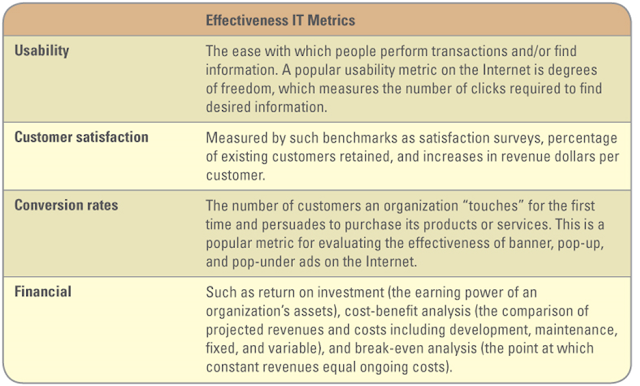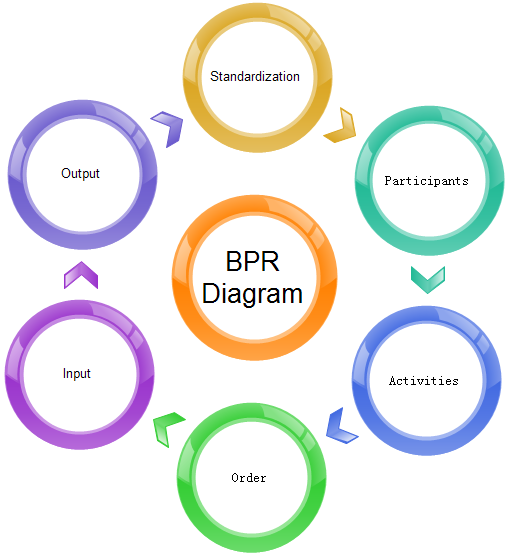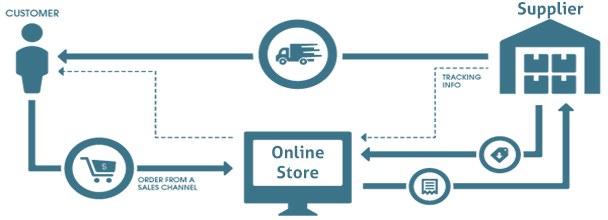- Organizational employees must work closely together to develop strategic initiatives that create competitive advantages.
- Ethics and security are two fundamental building blocks that organizations must base their businesses upon.
- Information technology is a relatively new functional area, having only been around formally for around 40 years.
Recent IT – related strategic positions:
⏩ Chief Information Officer (CIO)
⏩ Chief Technology Officer (CTO)
⏩ Chief Security Officer (CSO)
⏩ Chief Privacy Officer (CPO)
⏩ Chief Knowledge Officer (CKO)
Chief Information Officer (CIO) – oversees all uses of IT and ensures the strategic alignment of IT with business goals and objectives.
Broad CIO functions include;
- Manager – ensuring the delivery of all IT projects, on time and within budget.
- Leader – ensuring the strategic vision of IT is in line with the strategic vision of the organization.
- Communicator – building and maintaining strong executive relationships.

Chief Technology Officer (CTO) - responsible for ensuring the throughput,speed,accuracy,availability and realibility of IT.
Chief Security Officer (CSO) - responsible for ensuring the security of IT systems.
Chief Privacy Officer (CPO) - responsible for ensuring the ethical and legal use of information.
Chief Knowlegde Officer (CKO) - responsible for collecting,maintaining and distributing the organization's knowledge.
➤THE GAP BETWEEN BUSINESS PERSONNEL AND IT PRSONNEL
- Business personnel possess expertise in functional areas such as marketing, accounting and sales.
- IT personnel have the technological expertise.
- This typically causes a communications gap between the business personnel and IT personnel.
➤IMPROVING COMMUNICATIONS
- Business personnel must seek to increase their understanding of IT.
- IT personnel must seek to increase their understanding of the business.
- It is the responsibility of the CIO to ensure effective communication between business personnel and IT personnel.
➤ORGANIZATIONAL FUNDAMENTALS – ETHICS AND SECURITY
- Ethics and security are two fundamental building blocks that organizations must base their businesses on to be successful
- In recent years, such event as the 9/11 have shed new light on the meaning of ethics and security
➧ETHICS
Ethics – the principles and standards that guide our behavior toward other people.
Privacy is a major ethical issues;
Privacy – the right to be left alone when you want to be to have control ever your own personnel possessions and not to be observed without your consent.
Issues affected by technology advances:
Intelligent property
|
Intangible creative work that is embodied in physical form
|
Copyright
|
The legal protection afforded an expression of an idea, such as a song, video game and some types of proprietary documents
|
Fair use doctrine
|
In certain situations, it is legal to use copyrighted material
|
Pirated software
|
The unauthorized use, duplication, distribution or sale of copyrighted software
|
Counterfeit software
|
Software that is manufactured to lock like the real thing and sold as such
|
- One of the main ingredients in trust is privacy
- Primary reasons privacy issues lost trust for e-business
1.
|
Loss of personnel privacy is a top concern for Americans in the 21st century
|
2.
|
Among Internet users, 37 percent would be “a lot” more inclined to purchase a product on a websites that had a privacy policy
|
3.
|
Privacy/security is the number one factors that would convert Internet researchers into Internet buyers
|
➧SECURITY
- Organizational information is intellectual capital it must be protected.
- Information security-the protection of information from accidental or intentional misuse by persons inside or outside an organization.
- E-business automatically creates tremendous information security risks for organizations.









